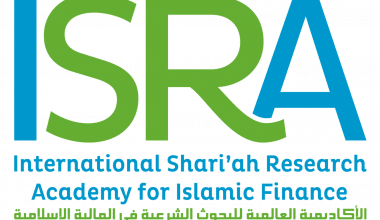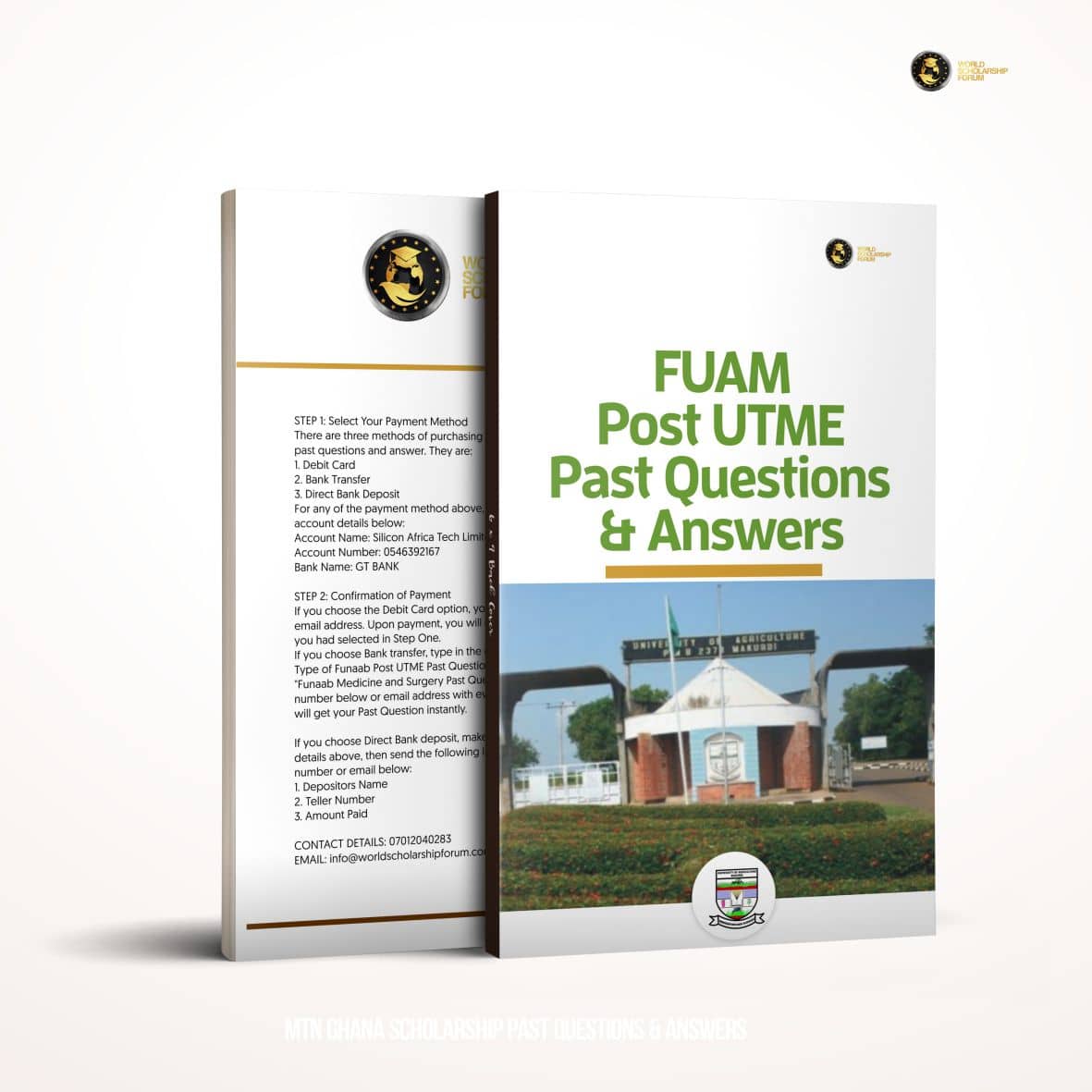You’re not alone if you’ve ever fantasized about getting a full-ride scholarship and attending college for free. It’s the ideal environment for relieving any anxiety about difficult student loan applications or hard student loan debt after graduation. But you don’t just want to dream about full-ride scholarships. You want to win a full-ride scholarship!
But how do you go about doing that? What types of students are eligible for full-ride scholarships? Where do you look for full-ride scholarships in the first place? Is it still feasible to attend college for free if you don’t obtain a full-ride scholarship?
All of these are excellent questions. And it’s our purpose at Kiiky to make finding and earning scholarships as simple as possible because we want you to get scholarships to help pay for college, too! That’s why, in this piece, we’ll address all of those questions and more, so you’ll have all the information you need about full-ride scholarships.
First of all, a full-ride scholarship pays for all of your educational expenditures. Tuition, books, fees, housing, and board, and sometimes even living expenses are included. Furthermore, the goal is to eliminate the need for further financial help.
Full-ride scholarships cover all of a student’s educational expenditures, including tuition, lodging & board, and additional living expenses. A full-tuition scholarship, on the other hand, solely covers the cost of tuition. Full-ride scholarships might come from a college or a non-profit organization, and they can be merit- or need-based.
While need-based scholarships are provided based on a student’s qualifications as well as documented financial need, merit-based scholarships are awarded solely based on a student’s qualifications and achievements, regardless of financial need.
Table of Contents
- What Colleges offer Full Ride Scholarships?
- How To Win A Full Ride Scholarship
- 1. Demonstrate Academic Excellence:
- 2. Curate Strong Extracurriculars (leadership and community):
- 3. Develop leadership skills:
- 4. Avoid Spending Too Much Time On External Scholarships:
- 5. Invest in Community Service:
- 6. Apply To Schools Where Your Profile is Especially Strong:
- 7. Write an Engaging and Personal Essay:
- 8. Apply Early:
- How to Deal With InEligibility For Full Ride Scholarships
- Available Full Ride Scholarships
- 1. Jefferson Scholarship:
- 2. Trustee Scholarships:
- 3. Morehead Cain Scholarships:
- 4. Nancy Susan Reynolds Scholarships:
- 5. Stephen Joel Trachtenberg Scholarship:
- 6. Torch Scholars Program:
- 7. Stamps Scholarships:
- 8. Gates Scholarship:
- 9. The Robertson Scholarships Leadership Program:
- 10. USDA/1890 National Scholars Program:
- Conclusion
- FAQ
- References
- Recommendations
What Colleges offer Full Ride Scholarships?
Full-ride scholarships are available at a variety of colleges, ranging from prominent elite schools to their less well-known rivals.
Duke University, for example, offers the Robertson Scholars Leadership Program, which covers a student’s education expenses for four years. The Emory Scholars Program at Emory University is a merit-based full-ride scholarship.
Some scholarship recipients are even paid to attend! The Academic Elite Scholarship at the University of Alabama includes tuition, one year of on-campus housing at the usual room rate, an $8,500 annual stipend, and a $2,000 book scholarship.
While getting a full-ride scholarship is easier said than done, there are a few things a student may do to increase their chances of receiving one. Here are some expert ideas for putting yourself in the best possible position to succeed and get a full ride to the college of your choosing.
How To Win A Full Ride Scholarship
1. Demonstrate Academic Excellence:
It’s not just about having a high GPA; it’s also about taking hard classes. Take as many advanced or AP classes as possible to make a powerful impression. If you’re having trouble with a particular subject (everyone has flaws), seek extra help from teachers to avoid lowering your grades. Aim for the top 10% of your class rankings if you want to achieve exceptional academic results.
If you want to be considered for some of the most prestigious full scholarships (such as the Gates Millennium), you’ll almost certainly need to be at the top of your class. Furthermore, a specific GPA and SAT score may automatically qualify you for a scholarship in some situations. For example, students who have a 3.76 GPA and a minimum ACT/1240 SAT score of 26 are automatically given the Presidential Academic Scholarship at Alabama State University.
2. Curate Strong Extracurriculars (leadership and community):
Most scholarship applications will require more information than just your GPA and test results (though those are important factors). Your extracurricular profile, leadership experience, and community activity will all be considered in your scholarship application, just as they would be in your college application. So, if you want to be considered for a full-ride scholarship, make sure you have a diverse range of extracurricular activities in which you’ve excelled.
3. Develop leadership skills:
Private scholarship committees, in particular, aim to invest in future leaders and provide scholarships to individuals they believe will succeed in business, politics, academics, and other fields. Scholarship committees can only assess your future leadership potential by looking at your previous experience. Be an active participant in the classroom to improve your leadership qualities (teachers will be able to speak to your leadership potential in letters of recommendation).
Raise your hand, volunteer to lead projects, or groups, and, if possible, support other students. Participate in extracurricular activities, but prioritize quality over quantity.
4. Avoid Spending Too Much Time On External Scholarships:
Many high schoolers believe that instead of applying for full-ride scholarships from their preferred college, they should focus on applying for external full-ride scholarships. This prevalent misunderstanding stems from the belief that external scholarship groups have more money to offer than institutions.
Colleges award $11 million in scholarships per year more than external groups. 80% of external scholarships are for less than $2,000, which won’t even come close to covering your entire tuition expense.
Furthermore, external scholarships may have extremely vast application pools or very specific criteria that a student must meet to be considered.
5. Invest in Community Service:
Schools and private scholarship programs alike desire to invest in kids who will “pay it forward” or do good in the world. Demonstrate to funding sources that you are this type of individual who has done community work in the past. Quality, as with clubs and other extracurriculars, takes precedence over quantity.
Early on, try to find something that interests you and stick with it. Participation weekly is ideal. Start with our guide to the nine greatest places to undertake community service work if you’re looking for ideas on where to begin.
6. Apply To Schools Where Your Profile is Especially Strong:
In general, you stand the highest chance of receiving a large merit scholarship to one of your safety schools. These are colleges where your profile stands out above the others when compared to other applicants. Furthermore, This is since these lower-ranked universities frequently provide significant scholarships to “entice” great individuals to enroll.
Otherwise, they risk losing these students to universities with a better reputation. Make sure you have at least two safety schools on your list that are recognized for significant merit assistance if you want to increase your chances of earning a full ride.
7. Write an Engaging and Personal Essay:
Almost every scholarship application requires at least one essay, and the essay, like your college applications, is one of your best opportunities to stand out. Regarding merit-based scholarships, you’re up against a lot of other kids who have similar grades and extracurriculars to you. However, To the scholarship committee, your essay can function as a differentiator.
Use your essay to demonstrate who you are, your interests and passions, and what distinguishes you from other applicants. Furthermore Make Your Essay a Personal Reflection: Don’t make the mistake of turning your essay into a theoretical pondering in which you consider and explain how you would respond to the challenge. Instead, respond to the prompt using your own experiences and accomplishments.
Also, Tell a Tale: Assemble a narrative arc for your writing. From beginning to end, take your reader on the adventure you’re describing. This usually entails taking the reader on a tour of your successes, outlining how they occurred and what they meant to you. Don’t merely make a list of your accomplishments. Tell the scholarship committee about it!
8. Apply Early:
Sometimes, simply applying by a given deadline is all it takes to be considered for merit-based scholarships. For example, if you apply to the University of Richmond by a specified deadline, your application for a scholarship, up to a full-ride, will be immediately considered.
Furthermore, the deadline is sometimes set arbitrarily earlier than the standard decision application deadline. In some cases, you must apply early to be eligible for full-ride financial aid. Investigate the financial assistance requirements for the institutions to which you’re applying so that you may your applications on time and be evaluated for as many scholarships as possible.
How to Deal With InEligibility For Full Ride Scholarships
Let’s imagine you’re an excellent student but don’t believe you’ll be eligible for a full-ride scholarship. You might not be intellectually good enough to win a top merit-based scholarship or get into a top-ranked college, but you also don’t show enough financial need to qualify for significant aid. What are your plans for the future?
Even if it’s patched together from several funding sources, a full ride is still a complete ride. Here are some ideas for coming up with a complete ride:
Apply to a variety of scholarship opportunities. The more programs you apply to, the better your chances of getting one (or more) scholarships.
Investigate more specialized or local scholarship opportunities. Scholarships for smaller amounts of money may be less competitive than full-ride programs. Concentrate on the tips listed above for obtaining a full-ride scholarship. Even if you don’t think you’ll win a major prize, improving your abilities, resume, and grades will help you get more financing.
Available Full Ride Scholarships
There are a plethora of full ride scholarships you can choose from depending on your study goals. These opportunities include:
1. Jefferson Scholarship:
This full-ride scholarship covers four years of undergraduate study at the University of Virginia, including tuition, fees, books, supplies, housing and board, and personal expenses. Additional enrichment opportunities, such as international trip studies, career counseling, the Institute for Leadership and Citizenship, and more, are available to you as a recipient.
However, to be considered for this prize, you must first be nominated by your school for the regional competition during your senior year, be chosen as a finalist, and then attend the Jefferson Scholarship Selection Event in late March.
2. Trustee Scholarships:
This four-year full-ride scholarship at Boston University covers full undergraduate tuition and obligatory undergraduate student expenses. Furthermore, To be considered for the Trustee Scholarship, you must have outstanding academic credentials, show that you are well-rounded via leadership and extracurricular activities, submit your application to study at Boston University by December 1st, and write a 600-word essay. The Trustee Scholarship is awarded to around 20 students each year.
3. Morehead Cain Scholarships:
This full-ride scholarship gives undergraduates at the University of North Carolina at Chapel Hill four years of full funding (including summers). As a Morehead-Cain Scholar, you can apply for Discovery Fund grants of up to $8,000 to fund a personal project, as well as receive financing for an international gap year and study abroad.
This grant is open to students from all over the world. However, you must be recommended by your school, an affiliate program, or apply directly to win. The Morehead-Cain Foundation, in particular, claims to be looking for “motivated, daring, and inquisitive leaders interested in embracing new and unfamiliar experiences.” affecting the people and hobbies that define their lives in a positive and significant way.” The Morehead-Cain Scholarship is offered to a different number of students each year.
4. Nancy Susan Reynolds Scholarships:
For four years of undergraduate study at Wake Forest University, this full-ride scholarship covers tuition, lodging, and board, as well as $3,400 in personal expenditures. You can also apply for up to $5,000 for research, study, or travel project during each of the three summers between your freshman and senior years as a Reynolds Scholar.
However, if you perform in academics and on standardized tests, take tough courses, and have proven leadership in extracurriculars, you’ll have the best chance of receiving this award. Each year, up to five Reynolds Scholars are selected.
5. Stephen Joel Trachtenberg Scholarship:
This full-ride scholarship covers four years of undergraduate study at George Washington University, including tuition, room and board, books, and fees. Additionally, you must be a senior in high school in the District of Columbia to apply. The recipients of the Stephen Joel Trachtenberg Scholarship Program are chosen based on their academic record, which includes their GPA, course of study, teacher recommendations, leadership qualities, community service, and other extracurricular activities and achievements.
Moreover. You must also apply to GWU by January 5th, complete the FAFSA and CSS Profile, prepare an essay, and take part in an evaluation interview. In 2020, the Stephen Joel Trachtenberg Scholarship was awarded to ten recipients.
6. Torch Scholars Program:
This full-ride scholarship covers four years of undergraduate study at Northeastern University, including tuition, room and board, books, and fees. You’ll also have access to the program’s seven-week Summer Immersion Program, peer and professional mentoring, and other benefits as a beneficiary.
You must be a first-generation student from a diverse background, exhibit academic resilience in the face of adversity, show leadership in school and extracurricular activities, and have previously enrolled in college prep coursework to be eligible.
Furthermore, you must also be nominated by an adult (non-family member); submit your Northeastern application, FAFSA, and CSS Profile by January 1; compose three essays, and compete in multiple rounds of interviews. Every year, ten students are awarded a Torch Scholarship.
7. Stamps Scholarships:
The Strive Foundation has partnered with 36 colleges and universities around the United States to provide students with multi-year Stamps Scholarships ranging from $5,400 to $75,000 per year. Additional support for activities like study abroad, academic conferences, and leadership training may be available to Stamps Scholars.
The Strive Foundation and partner schools split the award costs 50-50. Furthermore, You will be automatically considered for a Stamps Scholarship if you apply to one of the 36 partner schools and match the criteria and eligibility. Each institution, however, has its deadlines and may require additional steps to complete an application.
Besides, The Strive Foundation and partner schools aspire to honor students who display academic merit, significant leadership potential, and remarkable character. Financial necessity is not required to become a Stamps Scholar.
8. Gates Scholarship:
The Gates Scholarship, which is funded by the Bill and Melinda Gates Foundation, covers the whole cost of attendance, including tuition, lodging and board, books, transportation, and other personal expenses.
In addition, the scholarship is renewable for up to five years of full-time undergraduate study at any accredited private or public institution or university in the United States. However, To apply, you must be a Pell Grant-eligible high school senior from an ethnic minority background with a cumulative weighted 3.3 GPA of 3.3 on a 4.0 scale.
Besides, the ideal recipient will have graduated in the top 10% of their class, shown leadership, and acquired great personal achievement abilities (e.g., emotional maturity, motivation, perseverance, etc.). A Gates Scholarship is awarded to 300 students each year.
9. The Robertson Scholarships Leadership Program:
For students who choose to study at Duke University or UNC-Chapel Hill, the Robertson Scholars Leadership Program gives eight semesters of full tuition, room and board, and most necessary fees. This scholarship also includes generous money for up to three summer experiences, conference funding throughout the academic year, and two semesters of study abroad for recipients.
However, to apply, you must submit your ACT or SAT scores, two letters of recommendation, and an application to attend Duke University or UNC-Chapel Hill during the same academic year as your scholarship application. The goal of the program is to recognize individuals who have shown exceptional ability to become great college leaders and beyond.
10. USDA/1890 National Scholars Program:
USDA and 1890 historically black land-grant colleges and universities collaborate on the USDA/1890 National Scholars Program. Students seeking degrees in agriculture, food, natural resource sciences, or allied academic subjects at one of the nineteen historically black land-grant colleges and universities are eligible for full tuition, fees, books, and room and board. USDA may convert the student to a permanent employee without additional competition once the student has satisfied the academic and summer work requirements of the scholarship. Furthermore,
You must be a U.S. citizen, have a cumulative GPA of 3.0 or higher (on a 4.0 scale), demonstrate leadership and community service, and submit an official transcript and signed application to be considered. High school seniors, as well as rising college sophomores and juniors, are eligible.
Conclusion
Even if you don’t obtain a full-ride scholarship, your dream of paying off your student loans and debt using scholarship money is still a possibility! All you have to do now is cast a wide net and apply for as many scholarships as possible.
With that in mind, be sure to check out Scholly Search to make discovering all of those scholarships as simple as possible!
FAQ
A full-ride scholarship pays for all of your educational expenditures. Tuition, books, fees, housing, and board, and sometimes even living expenses are included. The goal is to eliminate the need for further financial assistance.
Yes, even if they’re coming from a two-year or community college. Each school’s process for transfer students who want to be considered for a full-ride scholarship is different, so it’s important to verify with your preferred institution.
Although not all institutions provide full-ride scholarships, many do. Furthermore, because some full-ride scholarships come from a variety of sources, students may be able to attend any college without worrying about the cost of their education.
Fewer than 1% of students receive full-ride scholarships, demonstrating how tough it is to obtain one. Your chances of winning a full-ride scholarship might improve if you have the correct background, plan, and know where to seek it.
Depending on their history, talents, and competence, anyone can be considered for a full-ride scholarship. Most students receive full-ride scholarships because of their academic record, athletic ability, leadership, or merit. However, schools may give other types of scholarships for a variety of reasons, and they may be offered by the school, the state or federal government, or private organizations.
References
- blog.collegevine.com/tips-for-winning-full-ride-scholarships/
- blog.prepscholar.com/how-to-get-a-full-ride-scholarship





